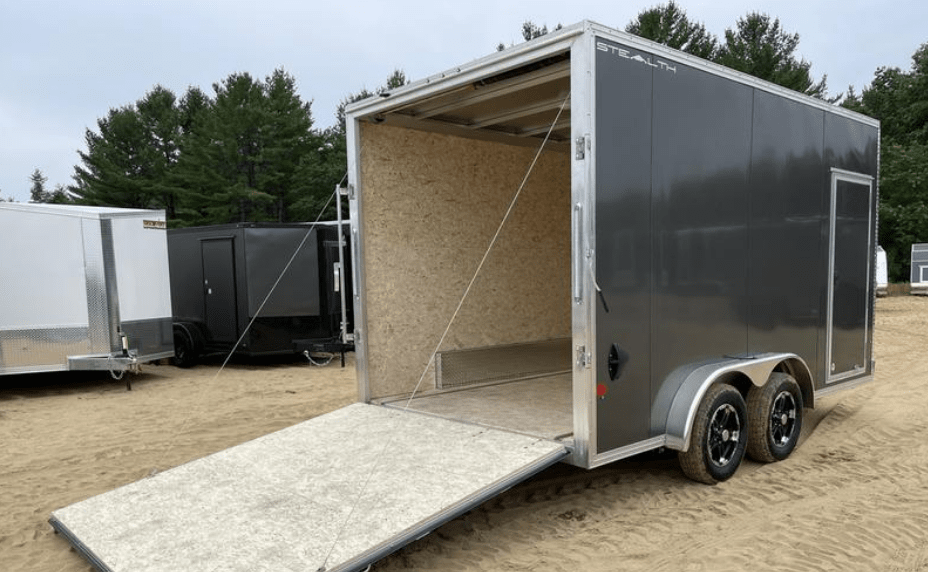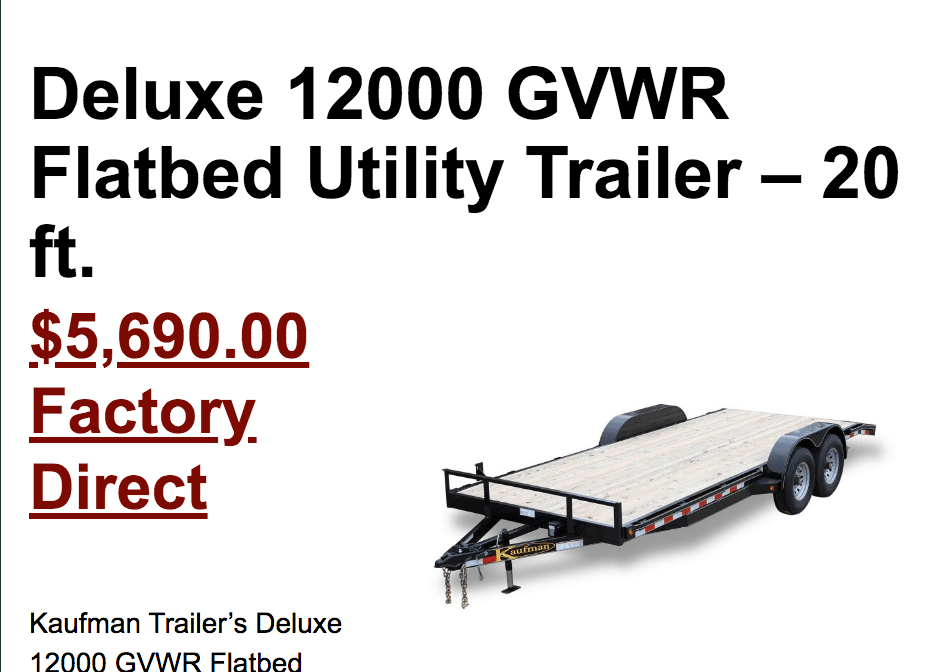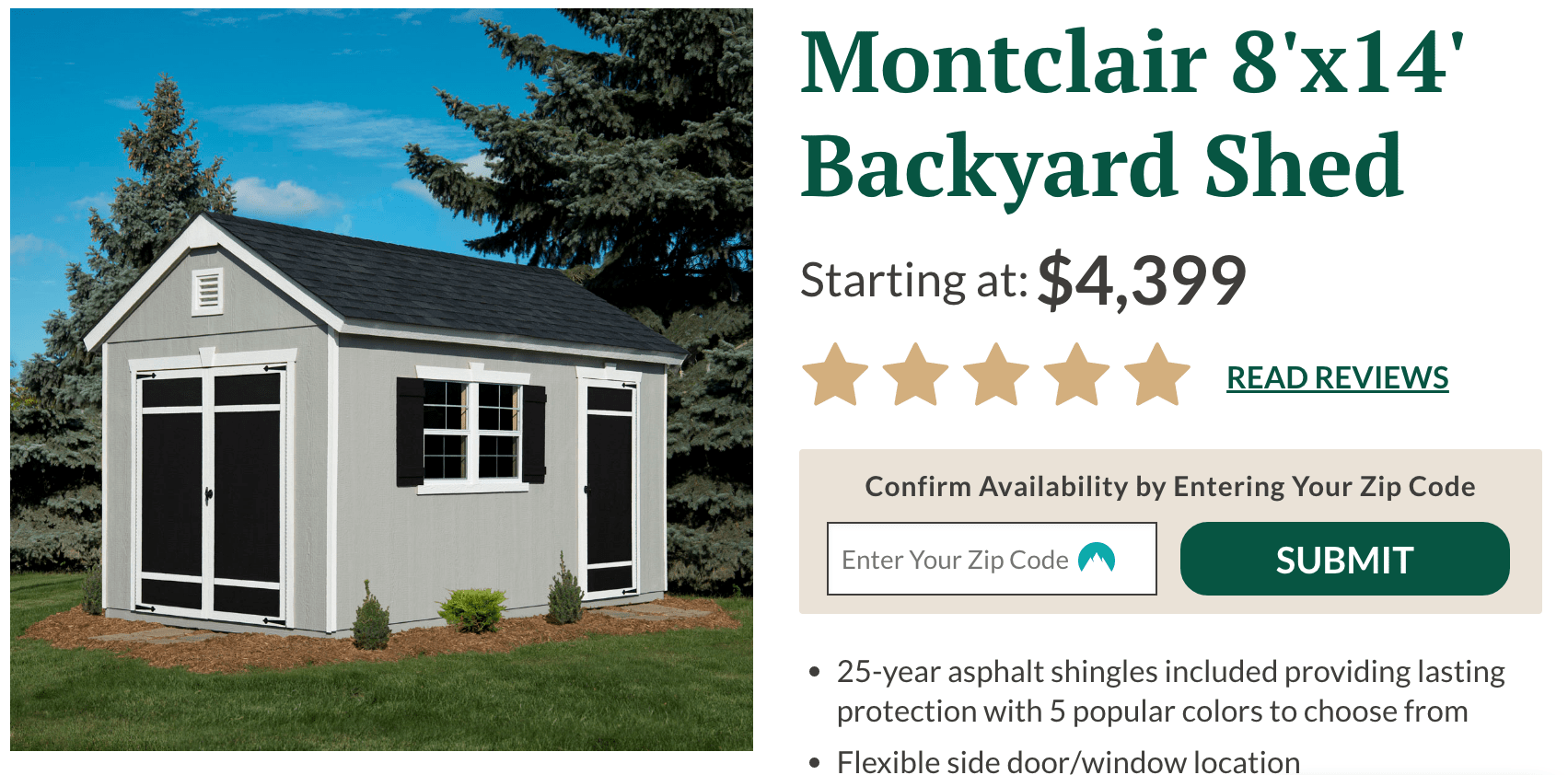The Best Trailer for Dispersed Camping
Executive Summary
- This article covers what my view is of the best trailer for dispersed camping.
Introduction
The best way to enjoy dispersed camping is with a trailer. This articles is my ideas and research into what would be the best trailer.
Getting a Trailer
With a 14-foot trailer (as an example) one could have enough room to put supplies, a work desk, and a mini gym that could be used at the location.
For longer-term stays away from the property, one could take the trailer. So you would have a lot of flexibility. You could leave for two weeks, put all the living equipment in the trailer, and drop off the trailer. There is a highly-rated storage facility close to Williams called Willams Grand Canyon Storage.
This means it is roughly a 20-mile drive with the trailer to store it, and then one would be free, the property is clear, the trailer is locked away, and one has the freedom to explore just with the van.
And would also allow the trailer to be moved to a different location for summer months when the temperatures are not appealing around Williams.
 Cargo trailers, even very nice ones, are reasonably priced. This one is around $7,000. This one could be towed behind my Promaster. It would not have much weight in it — tables, mini gym, chairs, water. Although I would need a hitch installed.
Cargo trailers, even very nice ones, are reasonably priced. This one is around $7,000. This one could be towed behind my Promaster. It would not have much weight in it — tables, mini gym, chairs, water. Although I would need a hitch installed.
Enclosed trailers come with either ramp doors or swing doors, neither of which is really desirable for a trailer that is for habitation.
I think this is a 14 x 8.5 x 7 foot. However, I found another larger trailer that would be a lot nicer. 20 feet long seems like it provides just the right amount of living space.
Enclosed Trailer or Flatbed

Another thing I realized is that one can just buy a flatbed trailer. You have to cut a number of holes in an enclosed trailer, and basically, you are just getting a frame and metal siding with some doors with an enclosed trailer. Actually, most of the doors, which drop to the ground are not even doors that are particularly useful for living in them. Even adding insulation would require creating an internal frame. If one purchased a flatbed one could make something that was customized from the beginning, at the exact height, using the exact materials that one wanted. One could also make a deck on top of the finished product, and stairs to get up to the deck.
A 20-foot enclosed trailer runs roughly $12,000. So you save a lot of money buying a flatbed, and it has all of the electronics, and braking necessary.
All that one would need to do is construct the living space.

Most sheds have a width of 8 feet. Flatbed trailers are available in 8 feet or 8.5-foot widths. One could put this shed on the trailer. This shed is 14 feet long, which would leave around 6 feet in front of the doors. That would leave room for deck chairs, a place for a grill (that would be stored in the shed when traveling.
This would be relatively inexpensive but comes with some disadvantages. First, you could have a deck on top of the shed. The shed is not designed to be driven around, so it would not be as durable as construction something purpose-built from scratch.
What Are Some Things That Would be In the Trailer?
A plentiful freshwater supply would be number one. One could use several blue 5-gallon water containers. It would be easy to go into town to get water. They may have water in Valle.
A mini squat rack can be put into the trailer for better transport, weights, etc. Add a bench, which has more functionality and, along with dumbells, becomes close to a reasonably good gym.